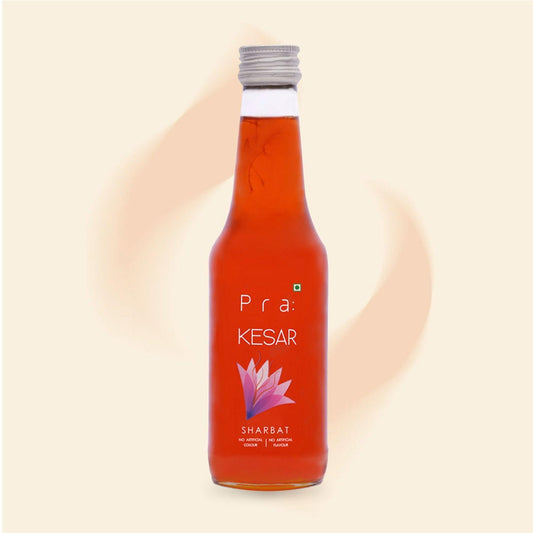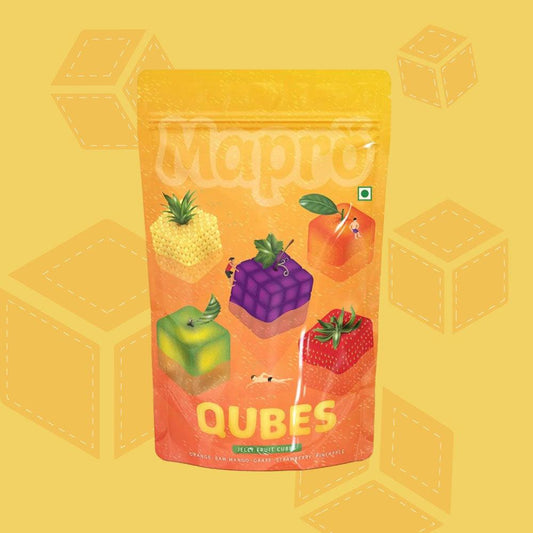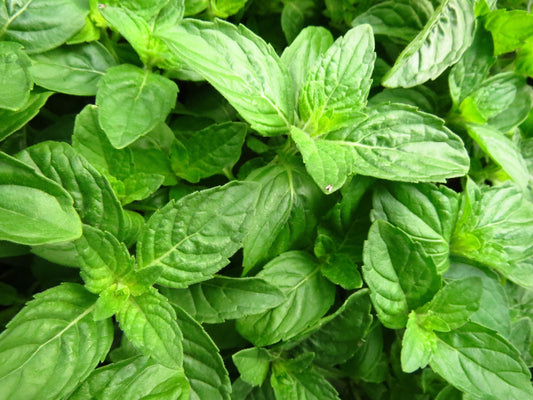Kiwi Fruit Crush
Kiwi Fruit Crush
Regular price
₹396
Sale price
₹396
Regular price
₹360
Inclusive of all taxes.

Contains Real Fruit Pulp

Zero % Trans Fat

Zero Cholesterol

Gluten Free
DESCRIPTION
INGREDIENTS
GOODNESS
Brighten your day with our handpicked Kiwis, which will instantly wake up your taste buds with their lip-smacking sweet and sour unique taste.
Country of Origin: India
- Kiwi Pulp (27%)
- Water
- Sugar
- Acidity Regulator (INS-330)
- Thickener (INS-440)
- Hand-picked and imported Kiwis from the fresh farms of Iran and Chile to give you the sweet and sour natural taste you desire!
- It is loaded with real Kiwi pulp, rich in Vitamin C and dietary fiber.
- Vitamin C aids immunity, iron absorption, cell growth, and repair of the body.
Delivery details
Pickup available at Shendurjane Warehouse
Usually ready in 24 hours
- Frequently Bought Together
A DIVE INTO THE FRUITY CRUSH
The Chinese Gooseberry

A DIVE INTO THE FRUITY CRUSH
The Chinese Gooseberry
J for Jam.. K for Kiwi.
For the longest time, Kiwi was only known as the fruit named after K in the Alphabets.
Popularity of Kiwi’s grew in India in the late 90’s when farmers of Arunachal Pradesh recognized its potential. Kiwi as a fruit has many health benefits which made us intoduce our very own Mapro Kiwi Crush.
Fantastic Fruity Foods
 Cake topping
Cake topping
 Kiwi Salsa
Kiwi Salsa
 Salads
Salads
 Smoothies
Smoothies

PACKED WITH LOVE FROM THE HILLS
The Crush Story
1
Farm fresh fruits
These juicy and tenderous Kiwis are imported from the fresh farms of Iran and China
2
Cleaning
These fresh fruits are sorted, washed and cut before the process of pulp making.
3
Flash frozen
We then blast freeze the fruit pulp at extremely low temperatures to lock in its nutrients and all the fruity goodness.
4
Wholesome Recipe
We carefully curated the best of our nature’s bounty to create the perfect mix of flavors that will take you on a trip down the memory lane.
5
Ready to go!
The mix is poured into sterilized bottles, sealed, capped and ready to go.

Raw Material Laboratory Testing Before Production

Fully Automated Production Facility

Food Safety System Certification (FSSC) 5.1
THE GOODNESS
Kiwi is rich in Vitamin C and dietary fiber, making it a healthy fruit that is important for daily consumption. This fruit is great for improving immunity,glowing skin, controlling diabetes, and good vision. Kiwi is rich in the following minerals and vitamins-

Raw Material Laboratory Testing Before Production

Fully Automated Production Facility

Food Safety System Certification (FSSC) 5.1
Since 1959
The Mapro Story
Tag your #MaproMoments
Fresh From The Source
Syrups
Jams & Spreads
Fruit Chews
Chocolate
Snacks
Our blogs
Fun With Mapro
We are here to help
FAQ's










































